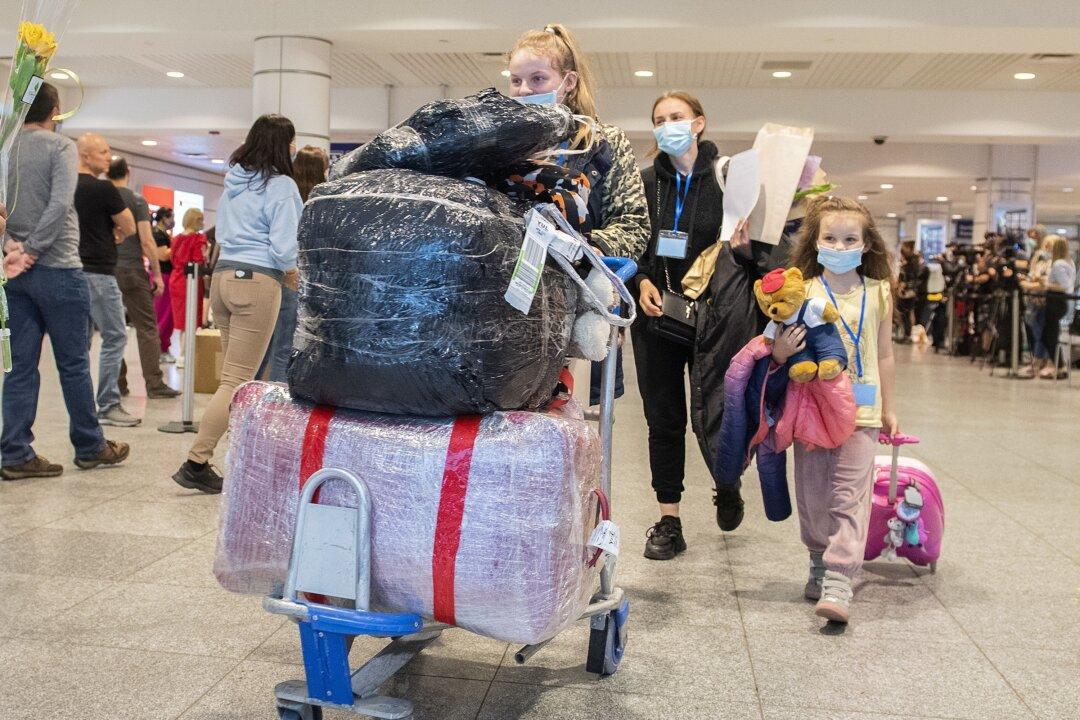The government is responsible for over 80 percent of new jobs created in Canada since the pandemic began in early 2020, according to a recent think tank study.
In an August bulletin, the Fraser Institute compared net job growth between Canada’s public and private sectors and found that the public—or government—sector accounted for 86.7 percent of all new jobs created since the pandemic’s outset, leaving jobs in the private sector to account for less than 15 percent of new jobs.





